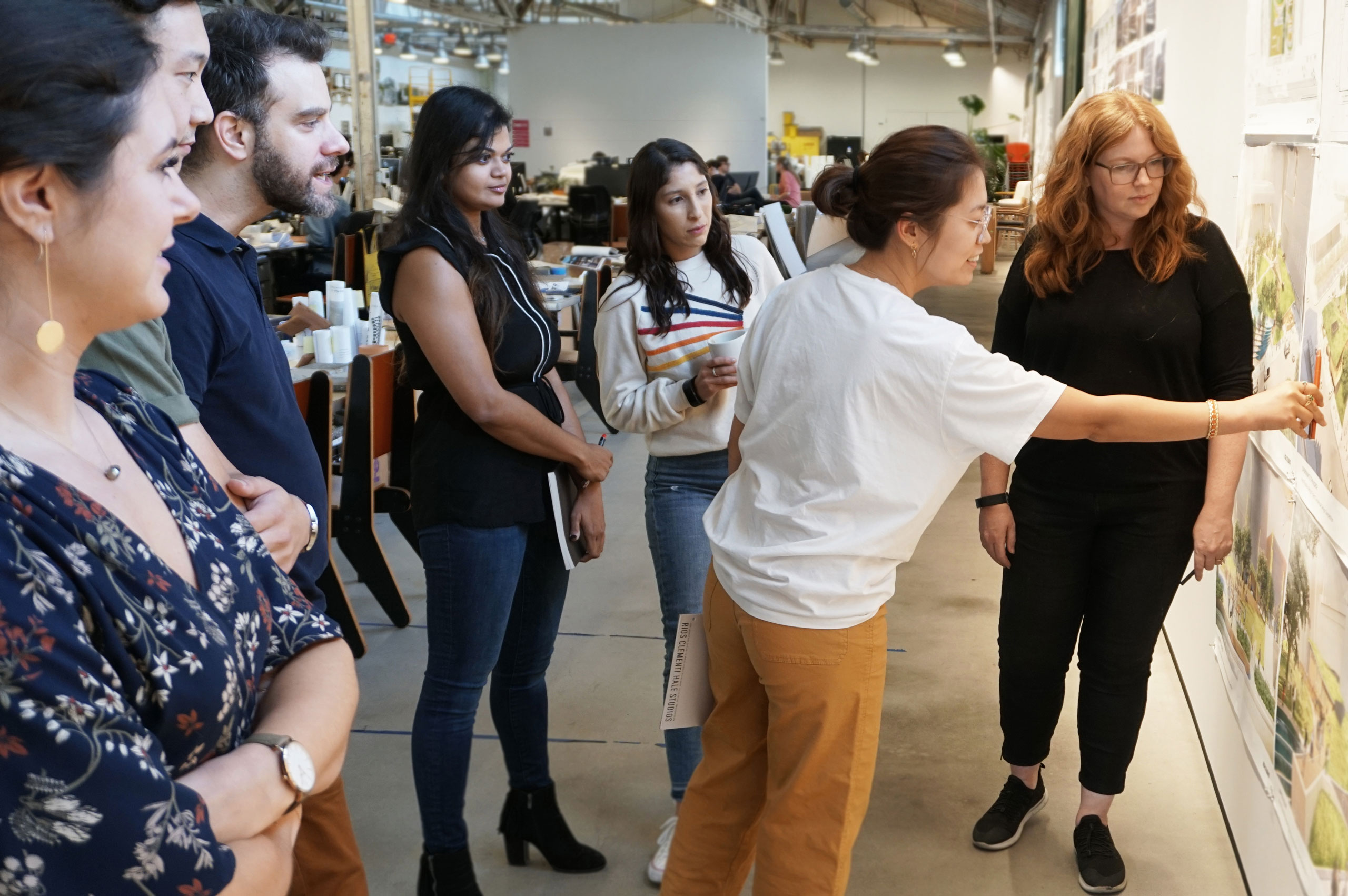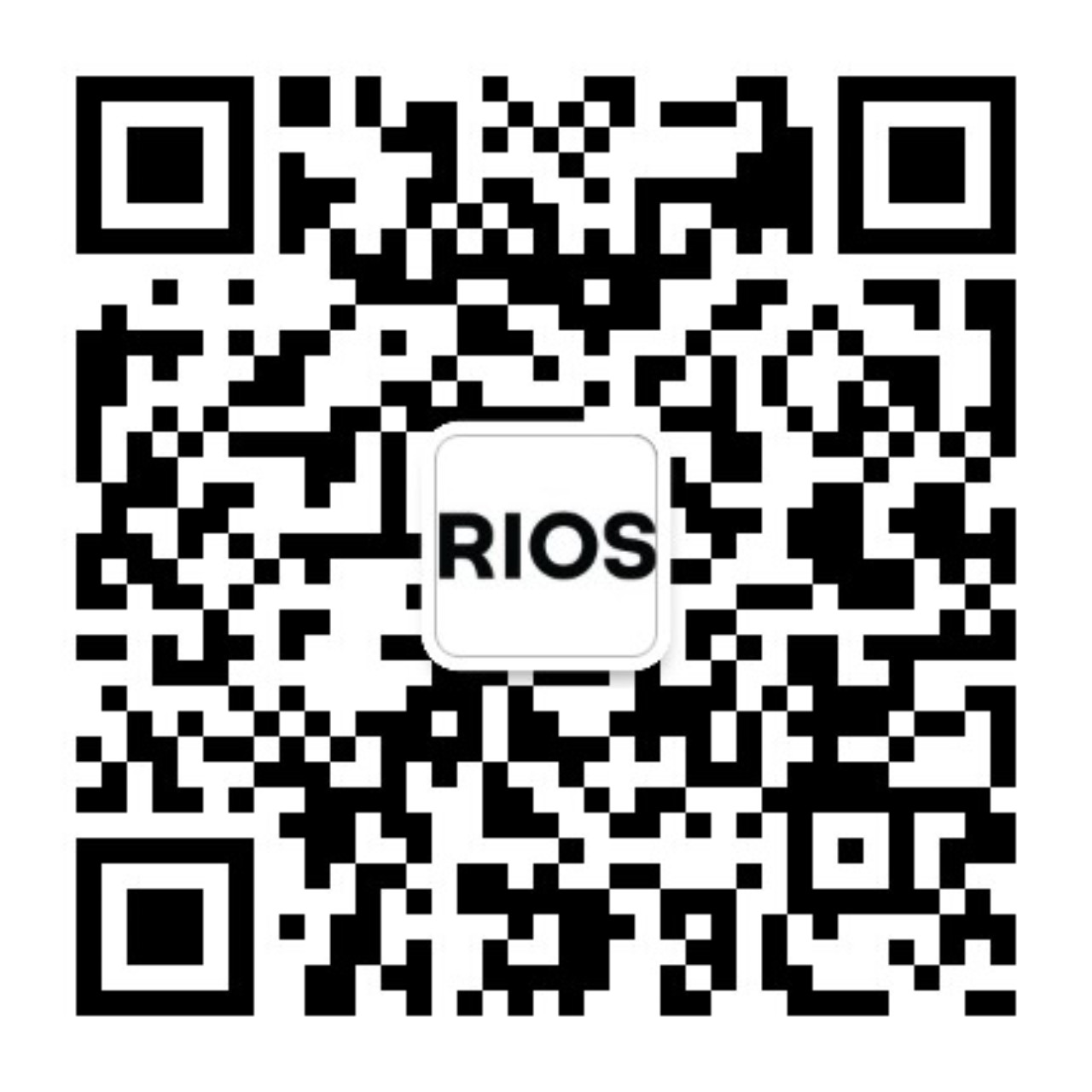
By Erin Gehle
A week ago, women (and men) from all over the Los Angeles convened for the annual WiA and AIA Los Angeles’ Powerful conference dedicated to equity. For five years, the conference has elevated the conversation about women in the design profession. This year, because we value this dialog and are vocal advocates for equity in our practice, we were compelled to act as an event sponsor and Melanie Freeland, AIA, served as a chair for the event.
Without question Powerful V was about celebrating the achievements of accomplished, original, and inventive female professionals who are leading their realms of practice – mostly in architecture, but also in engineering, television, technology and housing.
There were a few takeaways that resonated with us and already have us looking forward to Powerful VI. Not surprisingly, these takeaways are for everyone. They offer a framework for any professional – male or female – to follow, which, it seems, is the very definition of equity.
Show Up.
As Mahlum Partner Anne Schopf, FAIA, stated, the first and most important step is just to show up. Change is slow, but the ongoing dialog that sends out ripples, and occasional waves, is important to advancing the conversation. In order to make change, to lead, to innovate, the key is to show up and be a part of the conversation, the movement, or the process. You might be surprised to discover where showing up takes you.
Design is Not a Luxury.
Housing in Los Angeles is an ongoing topic of discussion and it is an issue that impacts people regardless of gender or ethnicity. Sarah Letts of Hollywood Community Housing reminded us that often we think of design as a luxury for those who can afford it, but more often design is a tool that can offer stability for victims of domestic violence, a support system for single parents supporting their families, and a hand up for those in need of section 8 housing. Design is about dignity and we can all reframe the narrative to see it that way.
Storytelling is a Path Forward.
The idea of storytelling resonated with us because it is a part our mission to reveal the unique attributes shaping a project. But it can also be empowering. Jennifer Luce, FAIA, luce et studio, reminded us that there are so many stories of collaboration, site, and concept that shape design projects, which are often lost in the process. A set of construction documents doesn’t tell the story of creation any more than a resume tells the entire story of a person. Think about what could happen if we intentionally captured these stories and told them continually as a way of finding common ground and understanding.
Find Your Channel. Or Not.
There are so many channels or lanes for design professionals to operate in. Do you need to work within an alternate channel to succeed? Finding a channel or specialty can be helpful, but it isn’t an imperative of success. It’s a good prompt to think about the vastness of the building industry, its many design disciplines and typologies and the specialties that are necessary to support the profession. If you really start looking, there is so much work out there and there are lots of places to carve out a successful career.
It's about Equity, but Also Inclusion.
Lastly, as Maria Smith, Executive Creative Director at M&C Saatchi reminded us, “if equity is being invited to the party, inclusion is being asked to dance.” As architects and designers, we know about creating space for new ideas, but what about creating space for all of the voices? Inclusion can create advocates in unexpected ways – be it within the design team, the stakeholders, or the eventual occupants. Sometimes being inclusive is the role of architects and sometimes it belongs to others in the process, but the notions of collaboration and authorship don’t have to be at odds.
Learn more about Powerful. Learn more about the AIA’s Equity in Architecture Commission.

